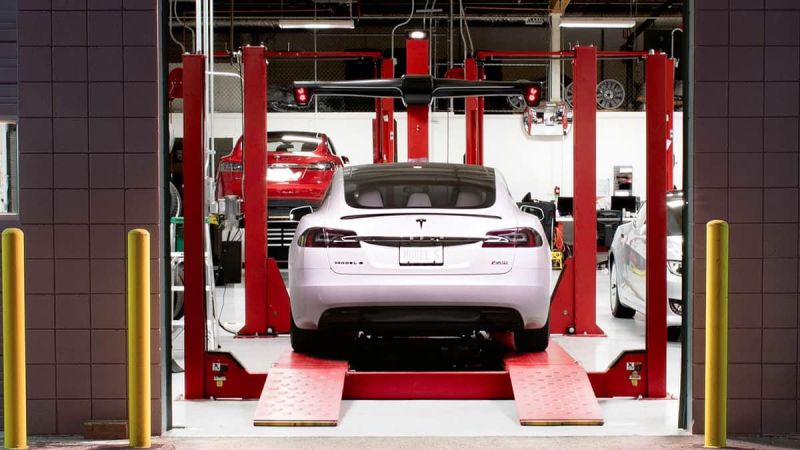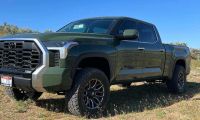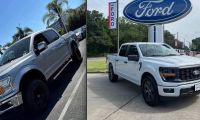This weekend I spoke with a Tesla owner in my neighborhood that was having some issues with her Model S. These issues cause the main display to be blank. She is not comfortable driving the car because she told me she thought the turn signals weren’t working either. I told her the turn signals might be working, it might just be the sound to the interior isn’t working. This article isn’t narrowly about the particular problem that Donna is having (name changed since I forgot to ask her permission to use her name), it is about what I learned in discussing the situation with her and the implications for Tesla’s future growth prospects if they don’t improve some aspects of the service experience.
Strengths Of Tesla Service
1. In the early days (before the Model 3 came out in 2018), Tesla would generally provide outstanding service to their early customers who were usually spending $100,000 or more for their Model S or X, so they expected great service for a premium-priced vehicle.
2. Tesla has stated that they intend to run service to break even and they don’t intend to make money on service over the long run. This is very different from the dealer model which makes the vast majority of profits from service. Although that should make service less expensive, Tesla’s service has not been cheap, due to the low volume of repairs, which give them a non-optimized process.
3. Tesla electric cars have much fewer moving parts and that should reduce maintenance and repair costs over the long term.
4. Tesla has realized they can greatly reduce capital costs if they send the mechanic to the car instead of buying a huge service center to work on the cars. Not all service can be done by mobile service, but most repairs can. This is also much more convenient for the customer.
5. Tesla can solve many problems with over the air updates. If a physical part fails, they can do remote diagnosis work to determine the part needed many times so they can order the part and have either mobile service install it. Only repairs needing a car lift require you to bring the car to the service center.
6. As Tesla gets more involved in insurance of their cars, they can directly see the costs involved in collision repair and have stated that they will redesign parts of the car to make them cheaper to repair if they are frequently damaged in accidents.

7. Scheduling service through the Tesla Application and texting service advisors is more convenient to many younger and tech-savvy customers than calling a dealer on the phone and discussing the problem with a service advisor.
Weaknesses of Tesla Service
1. Service appointments (mobile or at the service center) are frequently not available for several weeks. I can usually take a Ford to the local dealer the next morning if I need an urgent issue addressed.
2. Many third-party repair shops can do most maintenance and repairs needed on most cars. For Tesla vehicles, only wheels, tires, and paint protection (like protective film or ceramic coats) is typically done by non-Tesla service. There are exceptions, but most repair shops are not trained to work on electric cars yet. Of course, even on a Toyota Prius, sometimes you should go to the dealer to get things like a windshield replaced as we mention here
3. Calling up a service advisor on the phone is more comfortable for many people not ready to do everything on their smartphone.
Conclusion
So for many customers, Tesla’s service experience is a breath of fresh air! It is the change they have been waiting for all their life. But for “regular” people that have a lot going on in their life, they don’t react well to change, even if it is ultimately for the better. Later this week, I’ll give my thoughts on how Tesla can improve the service experience for the “regular” people while still keeping the strengths they have worked hard to develop.
Check out the following recent articles on Tesla!
Tesla Sales In Europe: Why Q2 Was Weak and Why I Expect a Rebound In Q3 and Q4
Panasonic Adds 14th Tesla Battery Production Line Ahead Of Upcoming Expansion
Also, check out our new Tesla reporter Tinsae Aregay's coverage, explaining why Tesla was left out of the S&P 500 Index, while 3 others companies were added.
Paul Fosse is a Software Engineer delivering financial data marts using massively parallel databases (Exadata and GreenPlum) for a major healthcare insurer and a lifelong lover of cars. From the time I saw the 1972 Volkswagen Dasher review in Consumer Reports, I knew the industry would convert to front-wheel drive. Now I am excited to have a front-row seat to the industry's biggest transition in generations, the transition from gas and diesel cars to electric vehicles. I ordered my first EV (Nissan Leaf) in 2010 and now own a 2018 Tesla Long Range Model 3 and have a Cybertruck and a Model Y on order. Contact me on Twitter at Paul Fosse with tips for new stories. Full disclosure, I'm a Tesla Shareholder.












